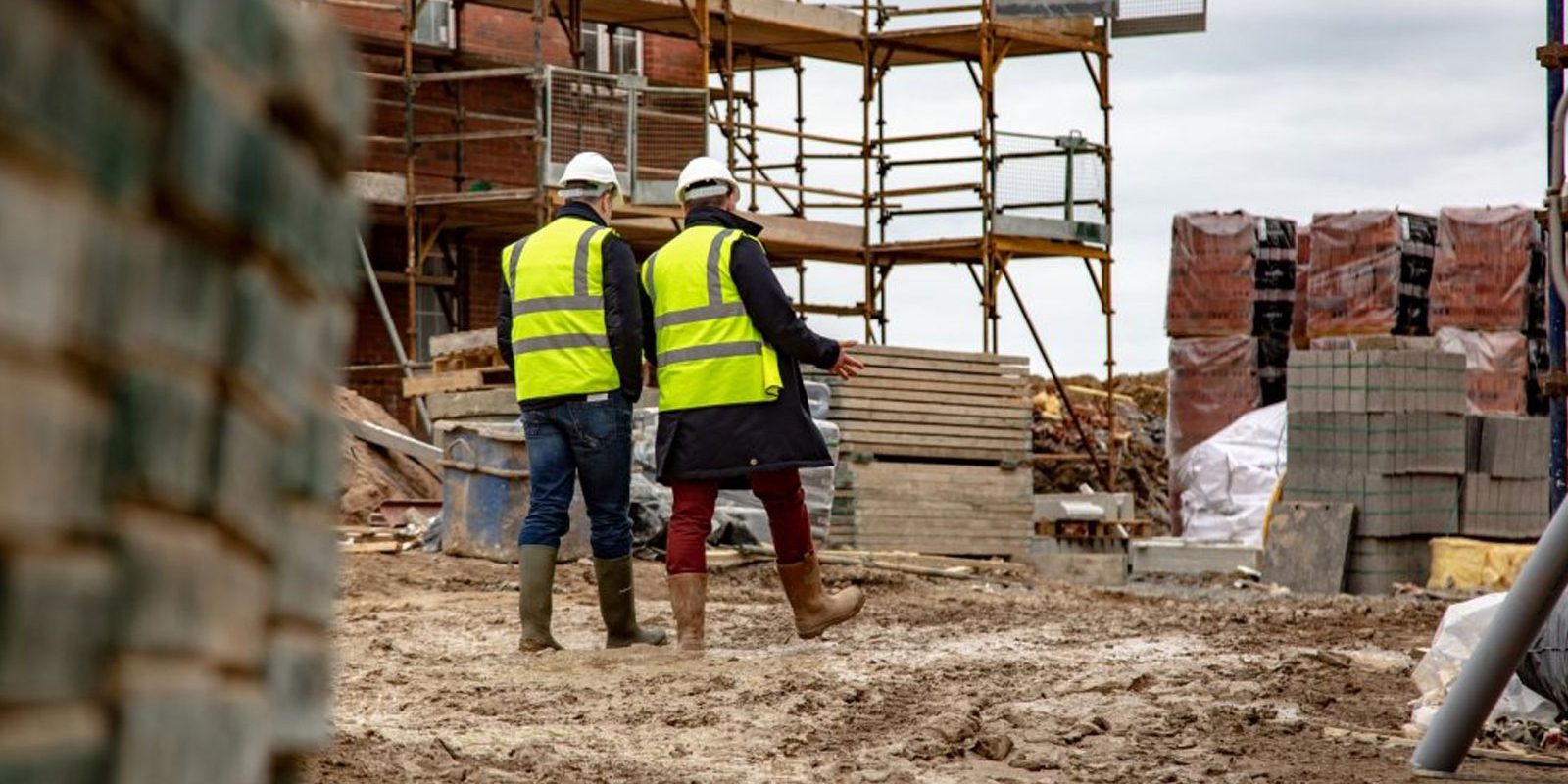Housebuilders set to report 35% reduction in supply of new homes
Housing completions are set to drop by at least a third according to new analysis by Close Brothers Property Finance, the specialist development finance provider.
Housing completion levels (the number of homes built) by the seven largest UK housebuilders are down by 35% on average over the last 12 months, as evidenced by their annual results. These top seven housebuilders are responsible for 43% of the new homes built across the UK.
This sharp drop in supply from the major housebuilders is likely to be at least mirrored across the Small and Medium sized Enterprises (SMEs) housebuilding industry. In a recent survey conducted by Close Brothers Property Finance and the Home Builders Federation (HBF), close to 40% of SME’s projected their growth to be down this year by between 10-50%.
Frank Pennal, CEO of Close Brothers Property Finance, said: “Our analysis clearly shows that the UK’s housing supply is reducing, by over a third in the major housebuilders, and we anticipate the SME market to at least follow suit based on our research. If these supply and demand dynamics persist then we could see further house price inflation as a result.
“We need 2021 to be the year of build, build, build, to not only provide the homes which this country needs, but also to reap the wider economic benefits that this industry brings to local communities in terms of employment and the wider supply chain.”
The much-anticipated Planning For the Future reforms from the Government could hold the key to reversing this decline. SME’s overwhelmingly state planning as their largest barrier to growth and, as referenced in the initial consultation documents, are disproportionately affected by planning delays – often with only one or two active sites at any one time, where costly and lengthy planning delays can bring their business to a halt.
Planning reforms would help to increase supply within the housebuilding sector but also provide SMEs with an even greater boost to their supply of homes – acting as a leveller to the market as a whole.
Frank Pennal said: “To reverse this decline in housing supply, we must remove the barriers in the way to delivery and also seek to redress the balance in the housing market away from what the Prime Minister has called the existing ‘oligopoly’. Planning reforms will remove the constraints on supply t from the whole industry, but also act a spring board to SMEs – accelerating their supply chains and also creating greater diversity in design and innovation.
“Housebuilding is not a tap which can easily be turned on, developments take months, and sometimes years, to come to fruition, so time is of the essence to implement these reforms.”
Reforming the system to increase SMEs
Within the housebuilding sector there is a significant divide between large and small, where SME’s are faced with additional barriers which disproportionately affect them. Earlier this year, Close Brothers Property Finance, alongside the Home Builders Federation (HBF) conducted the most comprehensive survey of SME housebuilders across the UK to highlight the barriers to growth within that market –State of Play: Challenges and Opportunities Facing SME Homebuilders
SMEs play an important role in a healthy housing market. As well as the regional economic benefits from employment and supply chains, they are pivotal in bringing new talent into the industry, with apprentices comprising around 19% of an SME’s workforce – just under 1 in 5 employees. SME’s also develop smaller, often more challenging, development sites on disused land in urban centres, maximising the use of land across the country.
Barriers to growth
When asked about major barriers to growth from a list of nine, SME’s overwhelmingly pointed to the Planning system as the major barrier – which came in first and second. Indeed 83% of respondents cited delays in securing planning permission or discharging of planning conditions by local authorities as a major barrier to increasing housing delivery over the next twelve months.
A lack of resource in local authority planning departments was also second on the list (73%), Consumer Confidence in the property market came in third, with 45% of SME housebuilders seeing this as a major barrier, closely followed by the Effects of Covid-19 (44%).
On the other end of the scale, Development Finance was seen as the lowest barrier to growth, with 41% not considering this to be a barrier to growth. Given the challenging post Covid-19 environment, the availability and terms on which development finance is offered to SME developers is of considerable importance to stimulating growth, so this is very encouraging.
Help to Buy
The changes to Help to Buy remains a concern for SME’s, with 76% of these businesses using the current incentive on 39% of their new homes sales (mean average). The new regional thresholds are expected to prove to be a barrier, with a number of SME respondents highlighting challenges in their specific regions.This new Help to Buy regional price cap scheme is due to be introduced in March, at the same time as the Stamp Duty Land Tax holiday ends, creating a ‘cliff edge’ for the property market in the Spring of next year.
Kevin Marren, Managing Director at Eccleston Homes, located in the North West of the UK, said: “Currently approximately 60-70% of our buyers use Help to Buy, however, under the regional caps the vast majority of our properties (probably over 90%) would fall outside of the new price banding, which is extremely low at £224,400.
“At this price point, first time buyer homes in the North West will inevitably be smaller and there will be much less choice in the market. As first-time buyers get older they are increasingly looking for family homes, so it’s unlikely these new regionally capped homes will appeal to buyers.
“While the housing market is currently looking positive, we face having our legs cut out from under us next year, when the stamp duty holiday ends and the regional caps are introduced. We would urge the Government to increase the regional cap to £275,000, as this is in line with the market – not only providing more choice for first time buyers but also enabling the housing market to function properly.”
Source: Show House News












